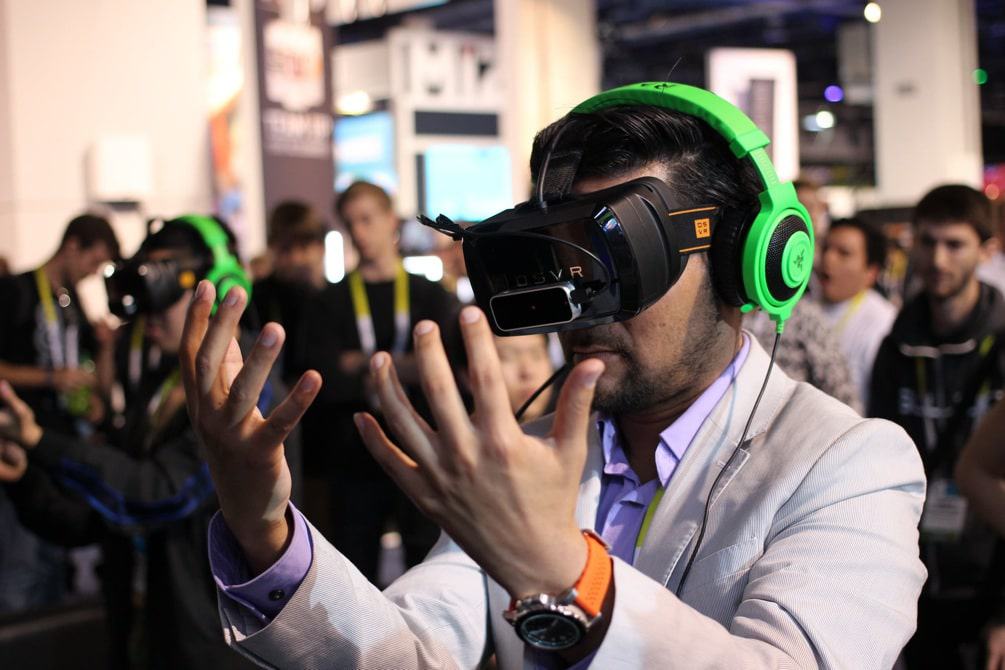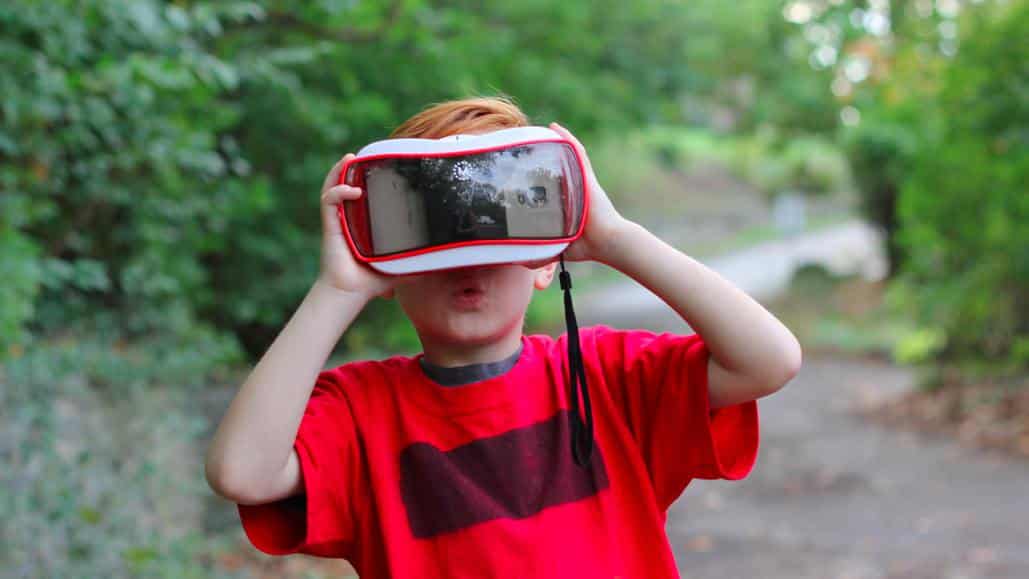iPhone
The future of virtual reality in smartphones
Virtual reality is making a big splash these days and it’s all thanks to smartphones.

Just a heads up, if you buy something through our links, we may get a small share of the sale. It’s one of the ways we keep the lights on here. Click here for more.
You’ve been hearing about it a lot lately, but what exactly is it? Virtual reality (VR) combines software and the use of computer technology to create a detailed artificial environment. As a user, you are then fully immersed in the experience rather than just viewing it from a screen. By mimicking your senses (touch, hearing, vision), the user becomes part of this virtual world. The technology today is without a doubt rather impressive thanks to improved graphics, tracking abilities, and so much more.
Virtual reality headsets like the Sony PlayStation VR have a long road ahead of them, and for an unexpected reason: smartphones. In other words, since smartphones are affordable, accessible, and incredibly easy to operate, their universal appeal within the VR world has not gone unnoticed.
Practically out of nowhere, just as VR headsets were poised to be the next big thing for consumers, smartphones have shown that perhaps the most dedicated VR headsets aren’t necessarily needed after all. In June 2014, for example, Google released Cardboard. This is a VR headset built out of simple, low-cost components which utilize smartphones as both the screen and processor.
Here are five reasons why smartphones are now the future of virtual reality.
Soaring to New Heights

The majority of us are used to buying headphones to go with our new phones, but how about a virtual reality headset? Much of the hype surrounding VR has revolved around the expenses. However, since smartphones have adapted to this new feature, systems like Oculus Rift are no longer required to get the VR experience. New smartphones like the iPhone 7 plus, for instance, will offer far cheaper ways to enjoy VR.
Samsung’s new Gear headset has also turned ordinary smartphones into a control system for VR, allowing wearers to speed down mountains on ski slopes, explore cities, and swim across the sea. By placing the phone into the Gear VR system, for example, you can look inside and around videos such as estate agent home tours. The user controls everything by touching the panel on the side, with menu options floating right in front of their eyes.
It’s Simple and Easy to Use

As a user, you’re more than likely reading this on a smartphone right now. If not, there’s probably one near you, in your bag or back pocket at this moment. Smartphones like Android and iPhone phones are incredibly easy to navigate and highly mobile. What does this mean?
Well, this means by adapting smartphones for virtual reality apps, companies will start making it easier for consumers to make the leap into the virtual world. Universal adoption will certainly be less difficult to achieve if people can pull their pre-existing phones out of their bags or pockets and plug them into a VR receiver and get connected. So, do you want to learn more? Get answered these questions here.
The Next Step
Virtual reality will soon be a natural next step for smartphones. As a matter fact, these devices have already proven themselves to be capable of gaming, communication, social media sharing, and GPS. So, where does an industry like this one take a device that can already do everything? As noted earlier on, the answer is adoption. Since smartphones have begun partnering up with VR systems, it’s become pretty clear that this relationship will, in fact, benefit the consumer along with manufacturers.
The Overall Damage (Cost)

Smartphones are now available at nearly every price point, and the service plans provided are slow, but surely, becoming more affordable too. Cell phone companies like T-Mobile allow customers to watch as many movies and shows as possible, data free. It’s all a part of the company’s new policy with the Binge-On program, which allows users to stream YouTube without data penalties. Thanks to cellular phones like the Samsung Galaxy S7 with Gear VR, you can watch all your programs and get the full experience of being immersed in the virtual environment.
Virtual Reality is Now Supported by the Industry
One of the biggest factors pointing to smartphones becoming the future of VR is that it’s something that has already been accepted within the industry. Companies like Google have already made it clear they’ve embraced the idea with their VR designs. Schools like Arizona State University have also begun embracing the idea by adopting game-based online learning tools which allow students to get a better understanding of the material while also making the content fun learning. Often times, new platforms live and die by industry adoption, not by consumer adoption. If this is true, then the future of the virtual reality smartphones has begun to look more and more promising. This is where VR could begin to come in very handy for all types of users, and change the way we interact with our environment.
As a final point, educators and students alike are now seeking an ever-expanding immersive landscape, where students can engage with both instructors and each other in a transformative experience through a wide spread of resources. Within the education field, VR has a definitive place of value.
Thanks for the read. Did I miss anything? What are some other ways virtual reality in smartphones can change our future? Feel free to leave comments below.





























